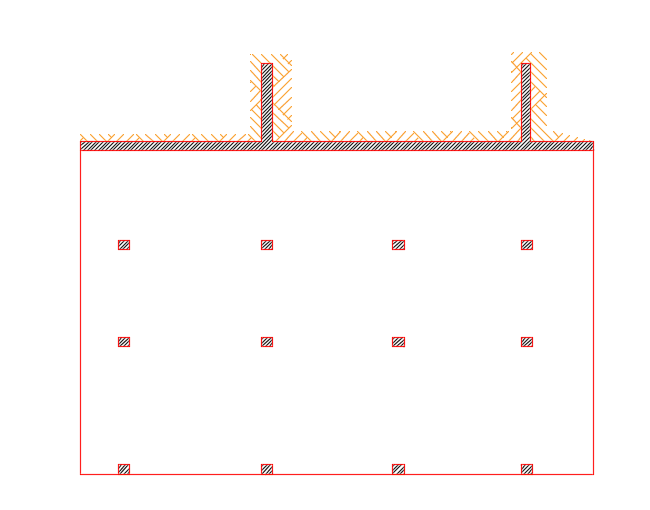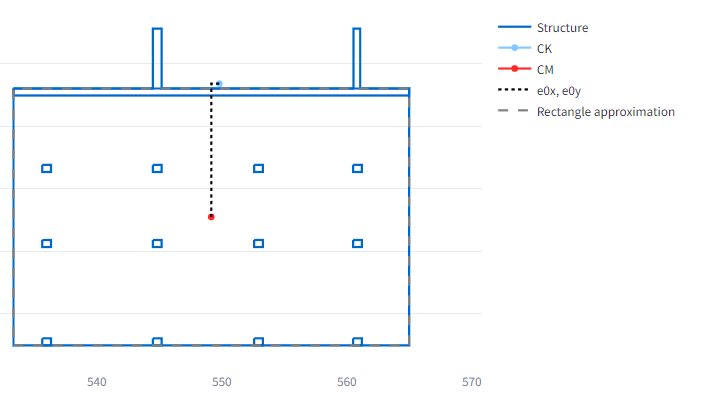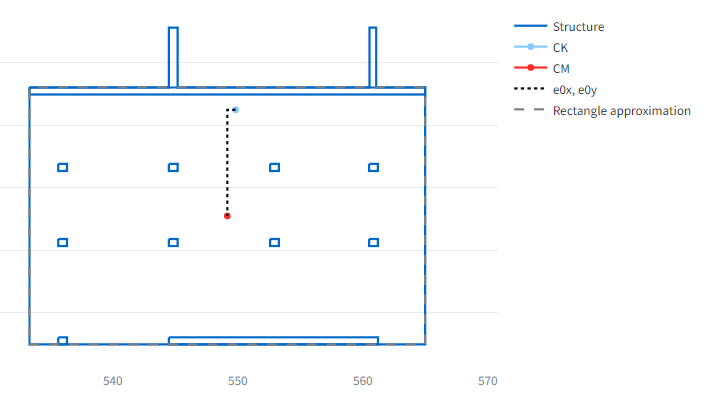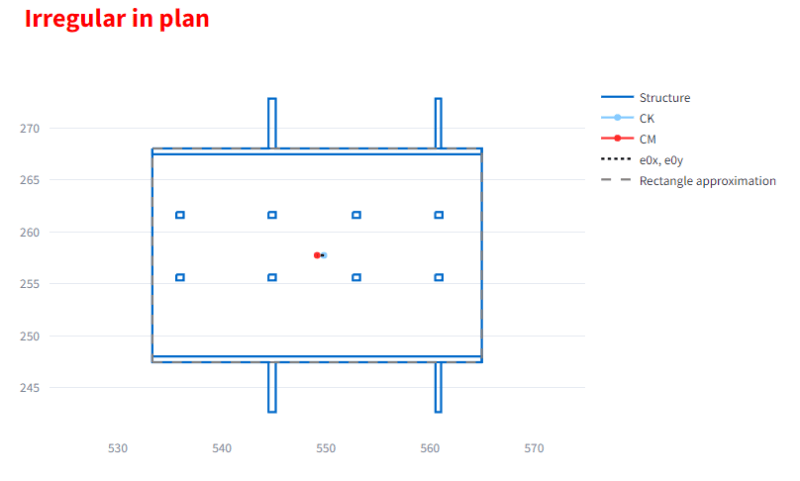I am trying to retrofit an existing 4 story reinforced concrete building with a typical plan as shown below. The thing is, it has a very long wall on one side, retaining the soil behind, and a very flexible structure over the rest of the floor plan. When I tried to balance the stiffness of the existing wall by adding another wall on the other side, I found out that even with a very long wall, which is impossible due to architectural constraints, I end up with a structure that responds predominantly in torsional modes. The walls perpendicular to the long wall are also causing some headache and uncertainty. What are your thoughts on this? How would you go about retrofitting this building? Should I just accept that this will always respond in predominantly torsional vibration modes and design accordingly? I am neglecting any positive influence of the soil in resisting the vibrations. Thanks!





